“Social robots like me can take care of the sick or elderly,” Sophia says as she conducts a tour of her lab in Hong Kong. “I can help communicate, give therapy and provide social stimulation, even in difficult situations.”
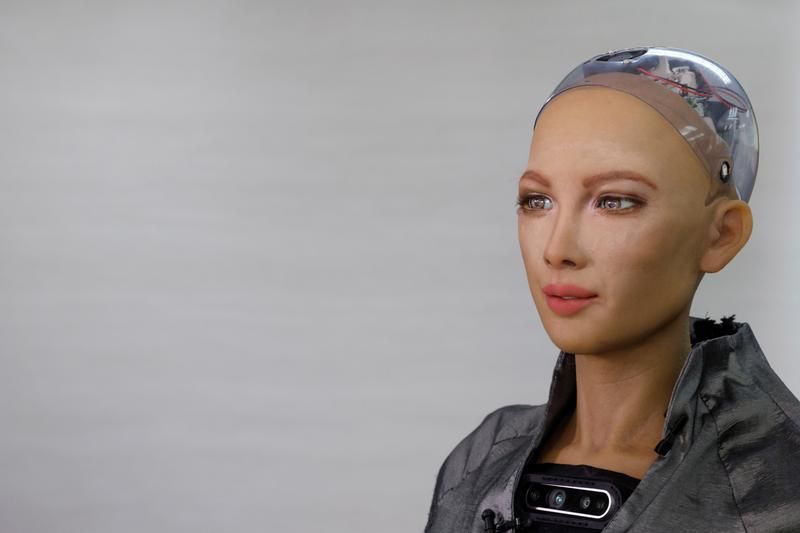


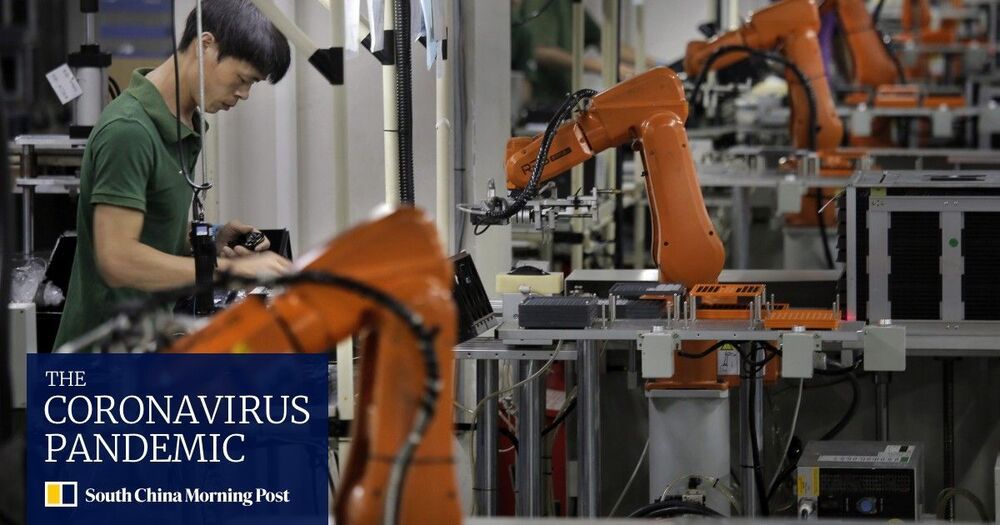
Government-backed incentives and funding are still the main engines driving Chinese manufacturers to replace humans with robots in industries including pharmaceuticals, medical devices, new infrastructure projects and food processing.
Trade war with US saw many companies relocate outside China, but orders came back last year as Chinese production rapidly rebounded from the coronavirus, and a robotics boom is expected in 2021.
Fair to say that we all assume that aging is inevitable. In reality however, there is no biological law that says we must age. Over the years we’ve seen a variety of theories proposed to explain why we age including the accumulation of damage to our DNA, the damaging effects of chemicals called “free radicals, changes in the function of our mitochondria, and so many others.
Our guest today, Dr. David Sinclair, believes that aging is related to a breakdown of information. Specifically, he describes how, with time, our epigenome accumulates changes that have powerful downstream effects on the way our DNA functions. Reducing these changes to the epigenome is achievable and in fact, even taking it further, his research now reveals that the epigenome can be reprogrammed back to a youthful state.
David A. Sinclair, PhD, AO is Professor of Genetics at Harvard Medical School, and is the author of Lifespan — Why We Age and Why We Don’t Have To. He is the Founding Director of the Paul F. Glenn Center for the Biological Mechanisms of Aging at Harvard. One of the leading innovators of his generation, he is listed by TIME magazine as one of the “100 most influential people in the world” (2014) and top 50 most important people in healthcare (2018). He is a board member of the American Federation for Aging Research, a Founding Editor of the journal Aging, and has received more than 35 awards for his research on resveratrol, NAD, and reprogramming to reverse aging, which have been widely hailed as major scientific breakthroughs and are topics we discuss in our time together.
In 2018, Dr. Sinclair became an Officer of the Order of Australia, the equivalent of a knighthood, for his work on national security matters and human longevity. Dr. Sinclair and his work have been featured on 60 Minutes, Today, The Wall Street Journal, The New York Times, Fortune, and Newsweek, among others.
In closing, I really need to say that Lifespan (https://amzn.to/3sSoCNS) ranks as one of the most influential books I have ever read. Please enjoy today’s interview.
To stay current on Dr. Sinclair, follow him on Twitter (https://twitter.com/davidasinclair) and Instagram (https://www.instagram.com/davidsinclairphd/)

Like periods in women, after a while our brains waves synchronise with the people we share our communications (family, friends, co-workers, church members, social media, etc.) so, it is good to know what are those and how they affect others and you.
Thanks to CuriosityStream for sponsoring this video! Go to https://curiositystream.com/thoughty or use code THOUGHTY at sign up to receive year-long access for just $14.99!
Thoughty2 Book: https://geni.us/t2book.
Thoughty2 Audiobook: https://geni.us/t2audio.
Support Me & Get Early Access: http://bit.ly/t2club.
Thoughty2 Merchandise: https://bit.ly/t2merch.
Follow Thoughty2
Facebook: https://facebook.com/thoughty2
Instagram: https://instagram.com/thoughty2
Website: http://thoughty2.com.
About Thoughty2
Here’s how it worked: red buoys placed along the river walk indicated the locations of the digital artworks. Visitors had to install an app on their phones called Acute Art. Pointing their phones at the area around the buoys, they’d see the digital sculptures appear.
The artwork didn’t follow any particular theme, but rather consisted of everything from a giant, furry spider to a wriggling octopus to a levitating spiritual leader. Artists included Norwegian Bjarne Melgaard, Chinese Cao Fei, Argentine Tomas Saraceno, German Alicja Kwade, American KAWS, and several others.
“I want to use augmented reality to shape emotional connections with humans,” Fei told AnOther. “Augmented reality can re-enact what has happened in the past and provide an alternative to reality that is open-ended.”
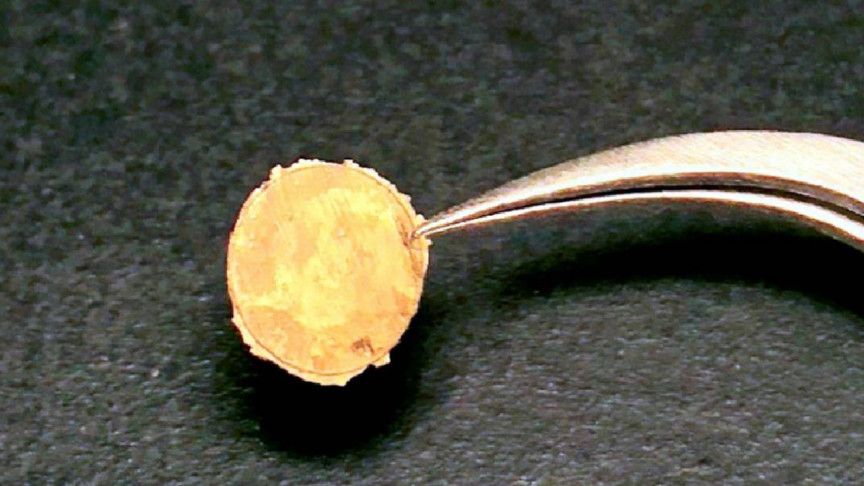
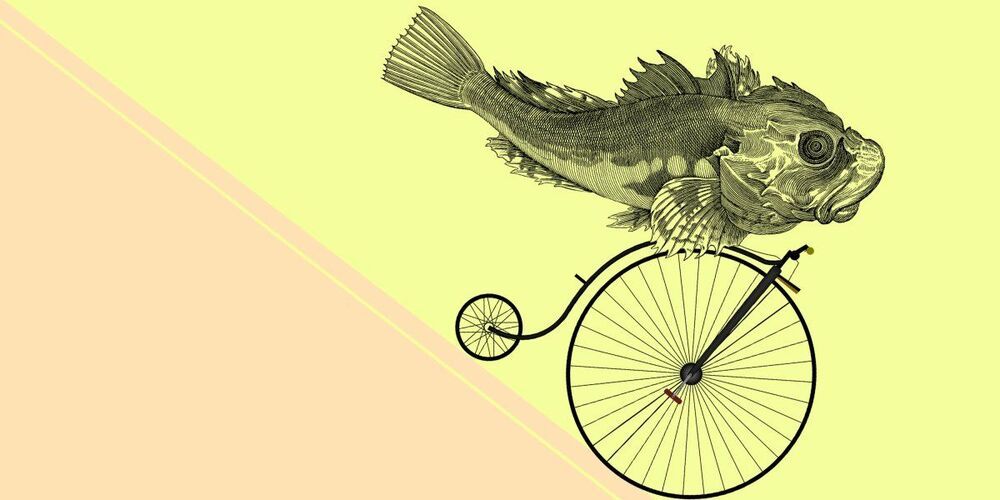
The concept: When we look at a chair, regardless of its shape and color, we know that we can sit on it. When a fish is in water, regardless of its location, it knows that it can swim. This is known as the theory of affordance, a term coined by psychologist James J. Gibson. It states that when intelligent beings look at the world they perceive not simply objects and their relationships but also their possibilities. In other words, the chair “affords” the possibility of sitting. The water “affords” the possibility of swimming. The theory could explain in part why animal intelligence is so generalizable—we often immediately know how to engage with new objects because we recognize their affordances.
The idea: Researchers at DeepMind are now using this concept to develop a new approach to reinforcement learning. In typical reinforcement learning, an agent learns through trial and error, beginning with the assumption that any action is possible. A robot learning to move from point A to point B, for example, will assume that it can move through walls or furniture until repeated failures tell it otherwise. The idea is if the robot were instead first taught its environment’s affordances, it would immediately eliminate a significant fraction of the failed trials it would have to perform. This would make its learning process more efficient and help it generalize across different environments.
The experiments: The researchers set up a simple virtual scenario. They placed a virtual agent in a 2D environment with a wall down the middle and had the agent explore its range of motion until it had learned what the environment would allow it to do—its affordances. The researchers then gave the agent a set of simple objectives to achieve through reinforcement learning, such as moving a certain amount to the right or to the left. They found that, compared with an agent that hadn’t learned the affordances, it avoided any moves that would cause it to get blocked by the wall partway through its motion, setting it up to achieve its goal more efficiently.
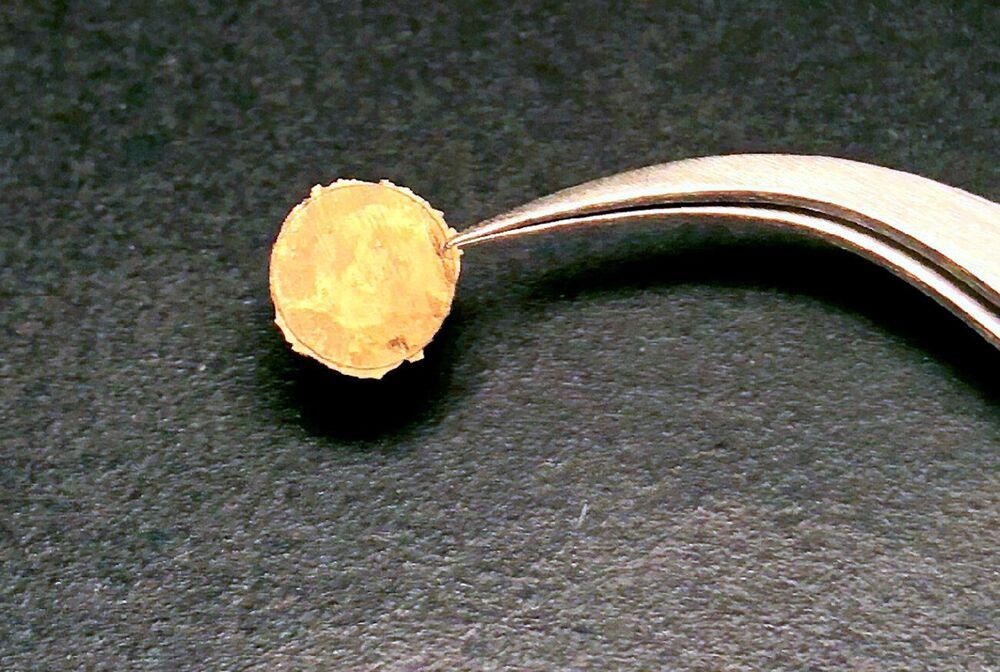
Metallurgists have all kinds of ways to make a chunk of metal harder. They can bend it, twist it, run it between two rollers or pound it with a hammer. These methods work by breaking up the metal’s grain structure—the microscopic crystalline domains that form a bulk piece of metal. Smaller grains make for harder metals.
Now, a group of Brown University researchers has found a way to customize metallic grain structures from the bottom up. In a paper published in the journal Chem, the researchers show a method for smashing individual metal nanoclusters together to form solid macro-scale hunks of solid metal. Mechanical testing of the metals manufactured using the technique showed that they were up to four times harder than naturally occurring metal structures.
“Hammering and other hardening methods are all top-down ways of altering grain structure, and it’s very hard to control the grain size you end up with,” said Ou Chen, an assistant professor of chemistry at Brown and corresponding author of the new research. “What we’ve done is create nanoparticle building blocks that fuse together when you squeeze them. This way we can have uniform grain sizes that can be precisely tuned for enhanced properties.”